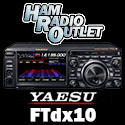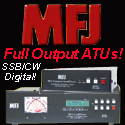Mobile Emergency Weather Station - Complete "How to build and use"
Discussion in 'Amateur Radio News' started by K7FE/SK2017, Apr 18, 2011.
- Thread Status:
- Not open for further replies.
Page 1 of 2
Page 1 of 2
- Thread Status:
- Not open for further replies.










